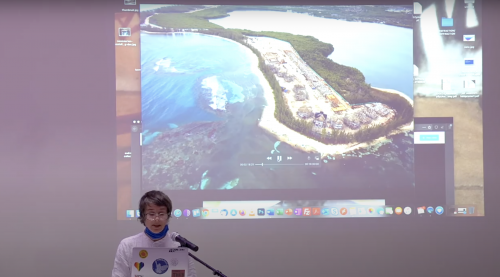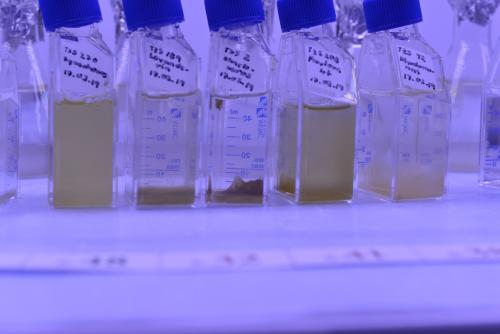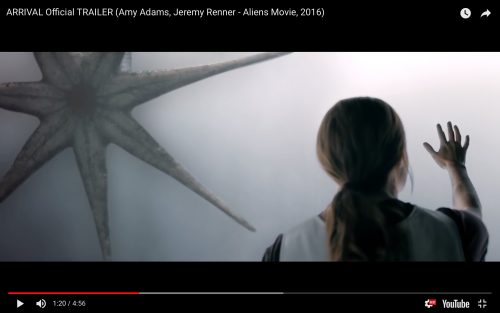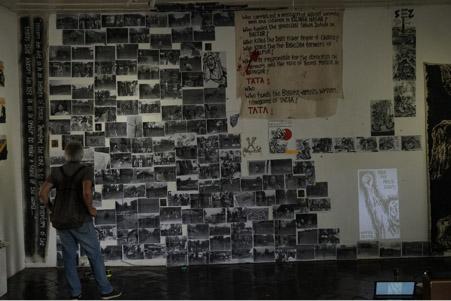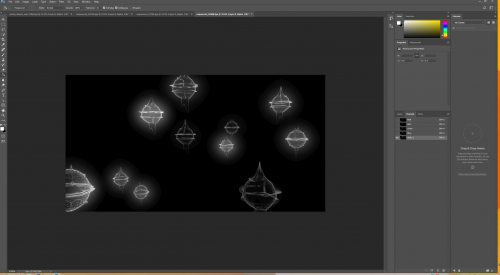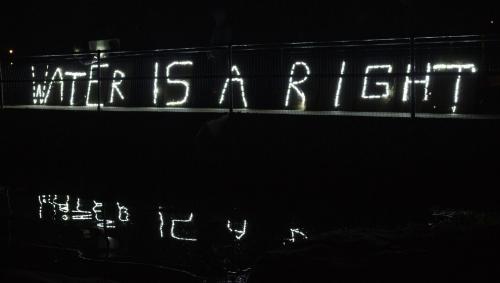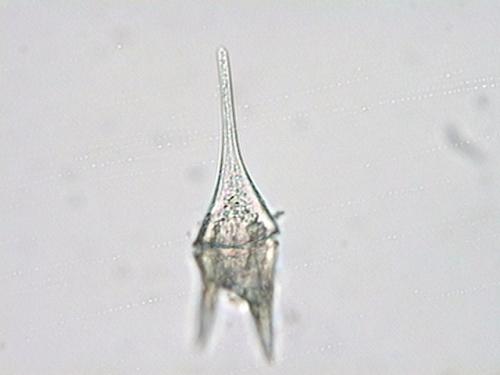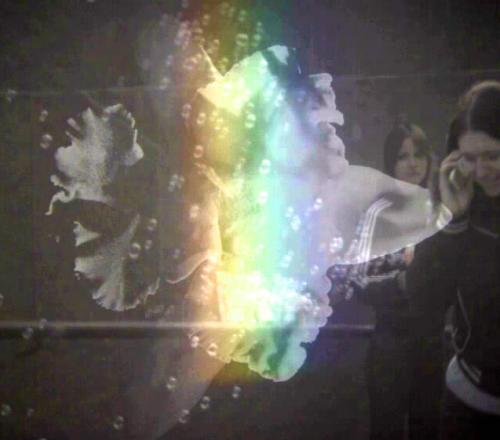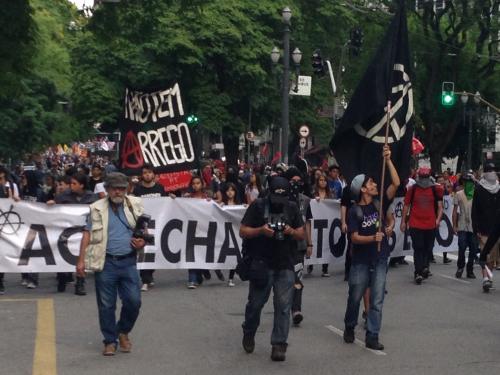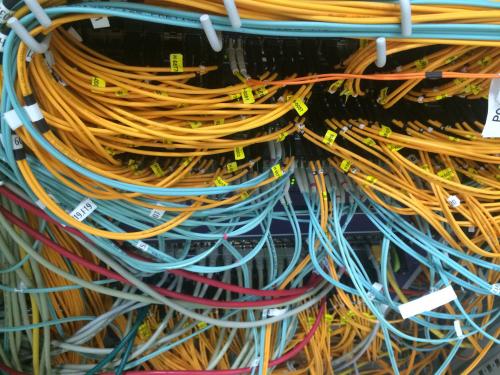… the creative curve and the ethico-political task of an artist is not to represent from a comfortable outsider’s position, but to leave one-self exposed to the brutality of the world in the possibility of transforming it.
SMW: In March 2018 during the massive student protests and a guest lecture by Nancy Fraser at the University of Delhi we started talking about art, the role and responsibility of artists as well as opportunities in the current geopolitical situation. Let’s start by introducing the exhibition and framework you organized at the end of 2017. It was centered around TATA’s involvement and infiltration in cultural politics in the last years and artists grass roots communities mobilizing against it.
AR: Who carried out a massacre of Adivasi men, women and children in Kalinga Nagar?
Who funded the genocidal Salwa Judum in Bastar?
Who killed the Dalit fisher people of Chilika?
Who killed the Bahujan farmers of Gopalpur?
Who was responsible for the atrocities on farmers and the rape of Tapasi Mallick in Singur?
TATA!!!
Who? Who funds the biggest artists, writers, filmmakers of India?
TATA!!! TATA!!! TATA!!!
Tata, Birla, Ambani, Adani, Jindal, Mittal, Monsanto and all other blood suckers of Laborers / Adivasis / Dalits / Students are coming together with Brahminism and its inherent fascist characters. On the other hand, the cultural practices in India operate within the comfort of these very structures of violence. Our visible and dominant contemporary practices are fundamentally rooted in the process of appropriation, and the act of constructing history is only a strategy of invisibilization or marginalization of the presence of subalterns and their histories of practices and struggle. Although in the past as well as in the present social, cultural and political sphere most of the domination and oppression has happened in the name of the collective (majoritarian consciousness), it is the minor in which the collective embodiment sediments but is rendered invisible. Therefore, one can see clear transformation in this cultural industry, how Feudal Landlords become liberal language Lords.
###
My exhibition titled Labyrinth: A Reflection on 21st Century Politics was organized in Backyard Civilisation Gallery in Mattancherry, Fort Kochi, Kerala. The exhibition ran for a fortnight from 10. to 25. December 2017. Being a solo exhibition, it was given that my works will be the primary aspect of the entire process. But right from the outset, me and my friends wanted to create it more of a discursive space and find a departure point to turn the exhibition into a dynamic process of sharing ideas, information, knowledge and where practitioners of various mediums can come together and work towards the idea of collective art practice. It was “we” from the very beginning as several of my camaraderies came in and actively participated to extend the possibilities of what a gallery space can offer to an artist. Artists from Kolkata (Abir Chattopadhay, Sudip Chakraborty), Maharastra (Abhilasha Srivastava), Tamil Nadu (Kumar Shaw) and Kerala (Nikhil K C, Praveen Ashokan, Hari Prasad, Sebin Joseph, Nashid, Prince and others) came and put forth their ideas regarding how the paintings can be curated. They played a major role behind installing and conceptualizing all the works up on the wall. Abir, Kumar, Sebin, Hari and Nikhil created a large number of posters which were put up in the space. An environmental science research scholar and political activist from Maharashtra, Abhilasha Srivastava, came in and worked with us, and shared her perspective from a different point of view.
During the initial discussions regarding the exhibition, a theatre practitioner from Kerala Salvin V F and other participants (Nikhil, Vipin, Jijo Joy, South Side, Vishnu, Alex, Gopalan, Jithin, Sridar) decided to use the space for a theatre performance. On one evening during the exhibition (22. December), they transformed the entire space and put up a brilliant performance, titled Eternal Return of the Same. I shared my ideas regarding the exhibition to a long-time friend and a documentary filmmaker Sudip Chakraborty back in Kolkata three months ago. He decided to document the whole process, basically everything during the exhibition and came to Fort Kochi and stayed right till the end.
Our primary objective was to initiate a dialogue between artists and spectators, to bridge the invisible gap and create an atmosphere for sharing experiences. During the exhibition, a number of people from different parts of the world came and became part of the practice. For instance, while discussing about my works on students struggle, students from several European countries shared experiences about their participation in students movement in their respective countries. When through our discussions, they came to know about the atrocities perpetrated on tribal people by the Indian state, they informed us about state sponsored terrorism in their countries. For instance, one American spectator shared the news of oppression on Native Americans in his country, specifically protests by Native Americans against the Dacota pipeline movement.
From an online conversation with Surya Shankar Das, an activist and filmmaker from Odisha, we got a chance to present the contradictions in the contemporary Indian art world, as it is majorly driven by corporate funding and other similar supports. He himself performed as a “propagator of truth” – a key idea behind the exhibition – through sharing a testimony written by Sini Soy, an Adivasi leader from Odisha. It follows here:
"My son Bhagwan Soy wanted to help people and fight for the protection of their rights. He had finished graduation and even got a job but he was killed in the fight against Tata. People did not want to give up their land. The Collector, SP, ADM, etc. came here and we told them so. They called us to the police station but we refused and told them that discussion must be held in the village with the people who own the land. They told us you do what you please and we will do what we need to. The collector (I dont remember the name) held no discussion with the people and left. On the night of 1st Jan 2006 they went to the Champakoila and planted landmines. The next morning people of Champakoila called us that bulldozers were lining up outside their village and they feared the same would happen to them as those displaced by Nilachal Steel company. A large number of us gathered there and we sent a delegation of people to talk to the authorities. We wanted to find out why they had started construction work without village council meetings and consent of the landowners. But the delegate stepped on the land mines and the police also started firing indiscriminately at the same time. My son was hit with bullets in his head and stomach. Six bullets. He was still alive but they chopped off his arms and his genitals. They chopped off the breasts of the women they had shot along with their arms. Tata company wanted to stir such fear in all of us that we would give up our land immediately. But the opposite happened and our movement actually emerged at that point. The injured people were not admitted in hospitals. We took some of the dead bodies and created a road blockade demanding immediate treatment of the injured and that the police should hand over the dead bodies to us. Our fight continued but the company kept conspiring and tried to buy people. They managed to get some powerful people on their side. After the leaders got co-opted they managed to build the factory but many people are yet to even get money for their land. Only a handful people have got jobs in the factory while hundreds remain impoverished and hungry. The displaced still don’t have land right yet for the allotted homes in the resettlement colony. I had never agreed to give up my land or home and was still staying there till two weeks ago. They forcefully demolished my house and were even trying to demolish my ancestor’s memorials. I fought with them and stopped them from doing so. They even turned my other son against me. But I resisted their attempts to demolish the memorials of my ancestors. I shifted the memorial stones according to our customs. From 2nd January 2006 till now we are repressed. Hundreds of people have false cases against them. When we protest against anything illegal done by them the police comes and terrorizes us.
They are destroying our forest illegally and we have appealed to the National Green Tribunal against Tata’s illegal tree cutting. We Adivasi understand the real value of rivers, forests, and hills. What you see as just ordinary grass is a medicinal herb for us. Earlier Tata used to supply rice, dal and other basic supplies to some of the displaced families but that too has stopped now. Tata doesn’t even let them speak out their woes to anyone else with threats of imprisonment and mafia violence. I am really sad that our struggle didn’t end up like the struggle in Niyamgiri or Dhinkia. But I will fight till my last breath even if they jail me or hang me to death. People here will rise one day, when their hungry stomach can take no more they will rise. As long as I will live I will fight against injustice. My son fought for our rights, our land. We didn’t want this monetary compensation. He was just 24-years-old when he was killed." - Sini Soy, Adivasi Leader
The note narrated the shocking atrocities committed by the TATA corporation against the local Adivasi people and their resistance movement, and the traumatic experiences that Sori herself has to witness as a member of the community.
These are a few among many such interactions when we had some long discussions with people who came to see the works. Several Fine Arts students in Kerala also came and shared their opinions regarding the work.
Another most important aspect of the exhibition was that everything was crowd funded. From food to transport, installing materials, gallery expenses and miscellaneous expenditures were collected from a number of people in Delhi, Kolkata and other places. We also distributed a set of postcards prints of some of my works during exhibition in exchange of contributions made by people in the gallery. It wouldn't have been possible for all of us to stay and do our work during the exhibition without the support from these people.
We used to stay at the gallery where people used to come throughout the day, and some of them used to stay back for the night as we used to sing, chat, argue till early morning. This exhibition can hold a significant place in the learning curve, not only for me, but for everyone who participated and contributed in the process.
###
I do not wish to introduce something new or claiming something essentially because I don’t think “new” is possible, rather a possibility lies in becoming, in identifying the limits of existing mode and pushing them as far as possible or even breaking the barriers of such kind. My intention is not to fulfill the lacks or produce something authentic which should be included or acknowledged as a work of art, rather to locate some different mode of expression and production. In this regard, the idea of vulnerability and its association with the expressionistic mode of representation can be another departure point that can unfold the intricate historical relationship between expressionist tendencies and marginal/minor cultural and artistic practices. Identifying the limit or locating the impossibility in terms of practice is of primary importance over anything else.
“What strikes me is the fact that in our society art has become something that is related only to object and not to individuals or to life. That art is something which is specialized or done by experts who are artists. But could not everyone’s life become a work of art? Why should the lamp or the house be an art object, but not our life?”
(Michel Foucault, Beyond Structuralism and Hermeneutics, 1983, p. 236)
###
A number of supported artists and collectives in contemporary Indian art relate to society and the social context very similar as a capitalist lance: they see society or people just as a “resource”, not more than that. These strategies in contemporary Indian art practices normalizes the unequal power relations and produces the artist’s role, one where all things fit neatly with one another. The question that appears here is this: Why do our intellectuals and art historians fail to use the “unreal” presence of the “art collectives” and institutional collective forms as a point of entry to represent the social state of affairs through which their absence is constituted? Is it a distinct catastrophe or a pragmatic model of the liberal ideology plus so-called radicalism?
Anupam Roy is a propagandist as well as an artist, creates works across media to communicate the tenets of the Communist Party of India (Marxist-Leninist) Liberation. The CPI (M-L) Liberation for over three decades has been an instrumental voice of the working class, women and the minority struggle in India both at the national and the regional level. Through elected representatives, affiliated student bodies as well as many other mass organizations the party has been doing grassroots level work in different parts of the country. As a member of the party, Roy has been visually articulating its ongoing struggle against the current government’s rhetoric of hate based on religious fundamentalism. Through his posters, slogans, pamphlets, placards and large-scale murals Roy highlights the state of things as they are whilst at the same time offering a personal and artistic reflection on them. In his view, the creative practitioner today has to expose oneself to the brutality of the world in the course of transforming it. The artist-intellectual for him, has to take up a new role of propagandist, whose ambition should be the fearless propagation of truth.
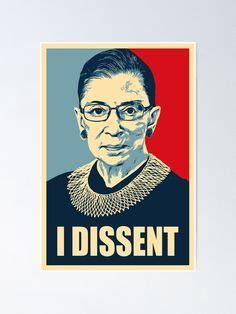
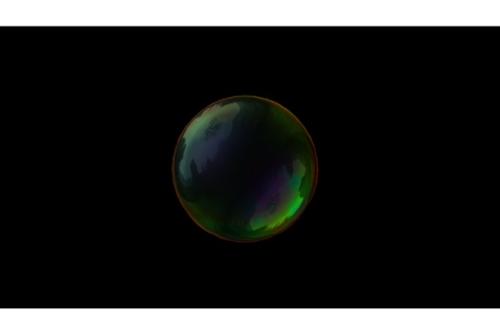

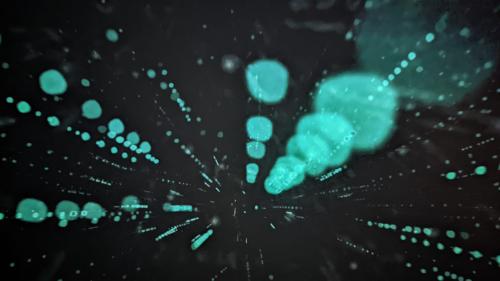
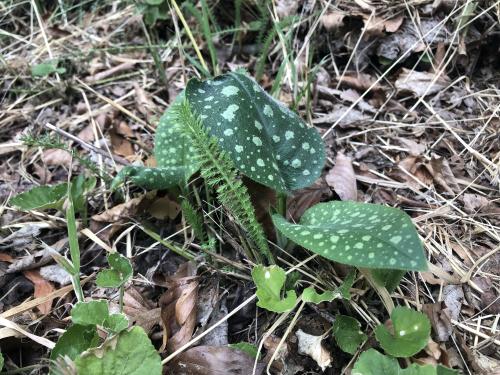
![Blackwash [working title]](/sites/default/files/styles/medium/public/56fe8ebf-7f16-4486-a251-6d85b1e906c3_4_5005_c.jpeg?itok=rIFeYRMo)
